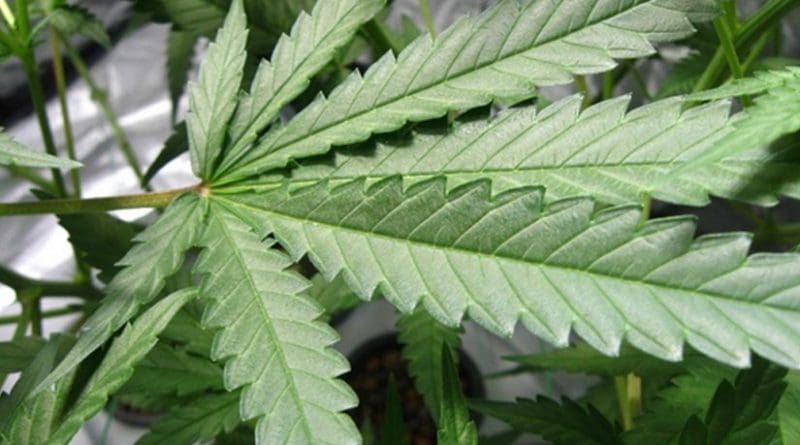High Strength Cannabis Associated With Increased Risk Of Becoming Dependent
New data presented at this year’s International Early Psychosis Association (IEPA) meeting in Milan, Italy (20-22 October) adds to accumulating evidence that high-potency cannabis in associated with an increased risk of users becoming dependent on cannabis. The analysis is by Dr Tom Freeman at University College London, UK.
Estimates suggest around 182 million people worldwide use cannabis each year, a number that could rise as legalisation of recreational use and/or medical use increases. Roughly 9% of people who try cannabis will become dependent on it at some point in their lifetime. People who are dependent on cannabis are often unable to cut down or quit, despite experiencing persistent negative effects from the drug.
Some people are more vulnerable to the harmful effects of cannabis than others. A number of factors may increase the risks of becoming dependent, such as being younger, male, and mixing tobacco with cannabis. Another possible factor is cannabis potency. The cannabis plant produces over 100 unique chemicals, and the two most abundant of these (delta-9-tetrahydrocannabinol or ‘THC’, and cannabidiol or ‘CBD’) can cause opposite effects on the brain and behaviour. In the last decade, the illicit cannabis market has become dominated by high-potency cannabis, which contains high THC and no CBD. This may explain why the number of people receiving professional treatment for cannabis problems has continued to rise.
Dr Freeman presented new data from a sample of over 400 young cannabis users in the UK. The sample were aged 16-23 years and 70% were male. 43% of those who preferred high-potency cannabis were dependent compared to 22% of those who did not. High-potency cannabis was associated with a two-fold greater risk of dependence (odds ratio 2.2) after adjusting for several confounders including age, gender, cannabis and tobacco use, biological markers of cannabis exposure (THC metabolites in urine, and THC and CBD in hair), and THC and CBD content in cannabis.
Dr Freeman concluded: “The illicit cannabis market is dominated by high-potency cannabis containing high THC and no CBD. Our findings suggest that people who prefer this type cannabis are around twice as likely to show problematic use.”
He added: “The best way for people to reduce risk is to quit or cut down their use. If this is not possible, they should be encouraged to switch to low-potency cannabis.”

